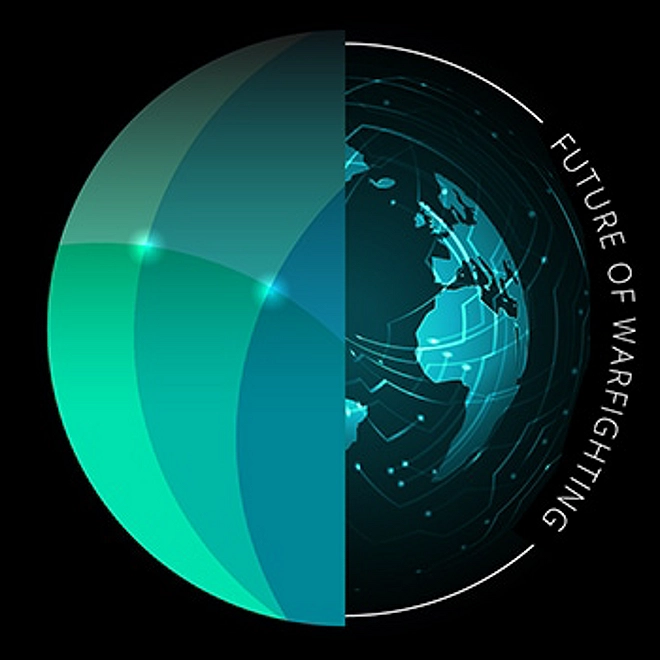The Temporal Dimension of Defending Forward
A UK perspective on how to organize and innovate to achieve US Cyber Command’s new vision

Cyberspace is taking on an increasingly prominent role in military operations and strategic competition. No longer just the domain of video games and online marketplaces, cyberspace now features destructive attacks from nation states, complex campaigns to influence decisions, and more. To grapple with the numerous threats, in 2018, the US DoD implemented a new strategy to deter and defeat adversaries through a policy of forward engagement. The strategy and the related USCYBERCOM Vision mark a significant change in how the US intends to contest the emerging complexity of cyberspace. To succeed in such a significant shift will require changes to the interoperability of US cyber forces with their government, commercial, and allied counterparts.
The interoperability required goes beyond merely computer systems that can share data. Rather, coming to a common understanding of the temporal as well as the spatial elements required to defend forward is key. A combination of timely, better, and more coherent-decision making across a pan-government and industry ecosystem must exploit rather than attempt to control chaos; the effective adoption and application of decisive innovative capabilities will be a related essential element of this strategy. Through a UK lens, this paper considers the temporal implications of a strategy of defending forward
A UK perspective on how to organize and innovate to achieve US Cyber Command’s new vision
Article Elements
Cyber warfare
Near/peer warfare
US/UK perspective
Key Topics
Cyber defense
Ecosystem interoperability
Temporal/spatial balance
Temporal/spatial balance
Cyberspace is taking on an increasingly prominent role in military operations and strategic competition. No longer just the domain of video games and online marketplaces,


